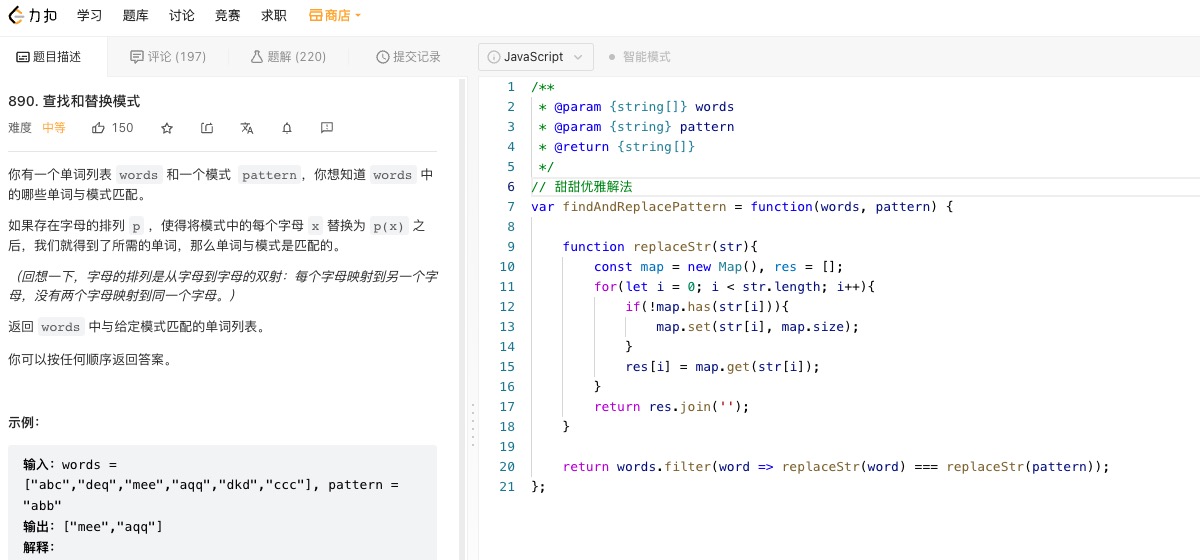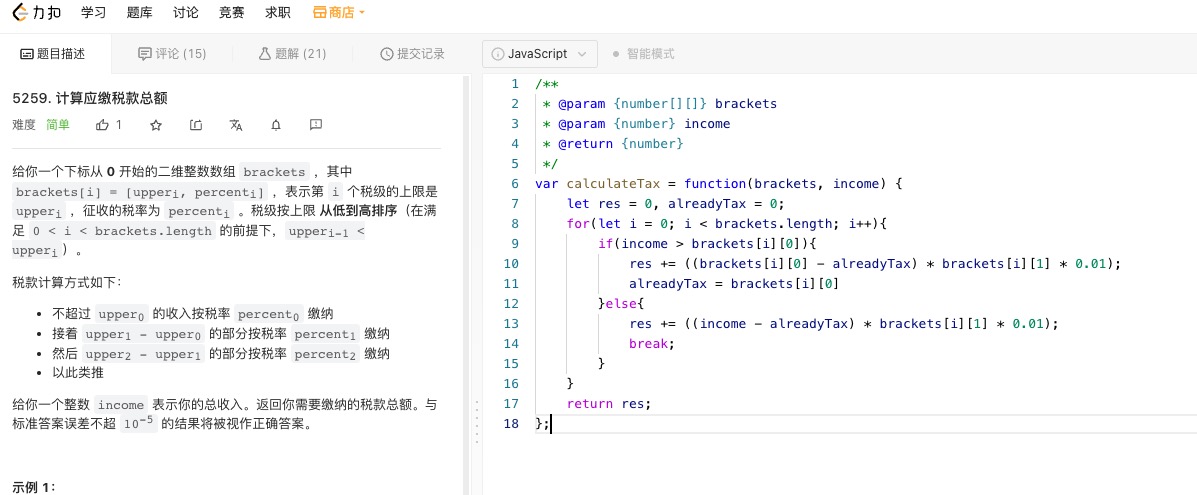Vue3
slot APi的变化
全局API使用规范
teleport
Composition API
v-model变化
指令API的变化
算法


手撕
call
// call用于改变this指向,第一个参数要指向的对象,剩余参数是传入的参数Function.prototype.myCall(context){ // 调用者校验 if(typeof this !== 'function'){ throw new Error('not a function'); } // 参数校验,为null的话执行window context = context || window; // 参数处理 let args = [...arguments].slice(1); let result = null; // 设置对象的临时属性 指向this context.fn = this; // 存储 result = context.fn(args); // 删除 delete context.fn; return result;}
apply
Function.prototype.myApply(context){ if(typeof this !== 'function'){ throw new Error('Not A Function'); } context = context || window; let args = arguments[1]; let result = null; context.fn = this; result = context.fn(args); delete context.fn; return result;}
bind
Function.prototype.myBind(context){ if(typeof this !== 'function'){ throw new Error('Not A Function'); } // bind方法会返回一个新函数 let fn = this; // 参数处理 let args = [...arguments].slice(1); let TempFn = function(){}; let resFn = function(){ let newArgs = [...arguments] // 根据调用方式不同,传入不同this return fn.apply( // 当返回出去的函数作为普通函数调用时,this指向window // 当返回出去的函数作为构造函数调用时,this指向实例,resFn其原型链上 this instanceof resFn ? this : context, args.concat(newArgs); ) } // 继承实现 TempFn.prototype = this.prototype; resFn.prototype = new TempFn(); return resFn;}
new
// 调用new的过程中会发生以下四件事// 1. 创建一个空对象// 2. 将对象的原型设置为函数的prototype对象// 3. 改变函数的this指向,让构造函数的this指向该对象,然后执行构造函数代码// 4. 判断构造函数的返回类型 // 4.1 如果是值类型,那么返回刚刚创建的对象 // 4.2 如果是引用类型,就返回这个引用// 使用方法,第一个参数为构造函数,剩余的为其他参数function objectFactory(){ // 拿到构造函数然后做一个校验 let constructor = Array.prototype.shift.call(arguments); if(typeof constructor !== 'function'){ throw new Error('Not A Function'); } // 1 2 let newObject = Object.create(constructor.prototype); // 3 let result = constructor.apply(newObject, arguments); // 4 let flag = result && (typeof result === 'object' || typeof result === 'function'); return flag ? result : newObject;}
Curry
// 把传入的参数保存在闭包中,等到参数数量足够函数执行了,再执行函数function createCurry(func){ let len = func.length; function resFunction(...args){ if(args.length >= len){ return func.apply(this, args); }else{ function tempCurry(...newArgs){ return resFunction.apply(this, [...args, ...newArgs]); } return tempCurry; } } return resFunction;}



